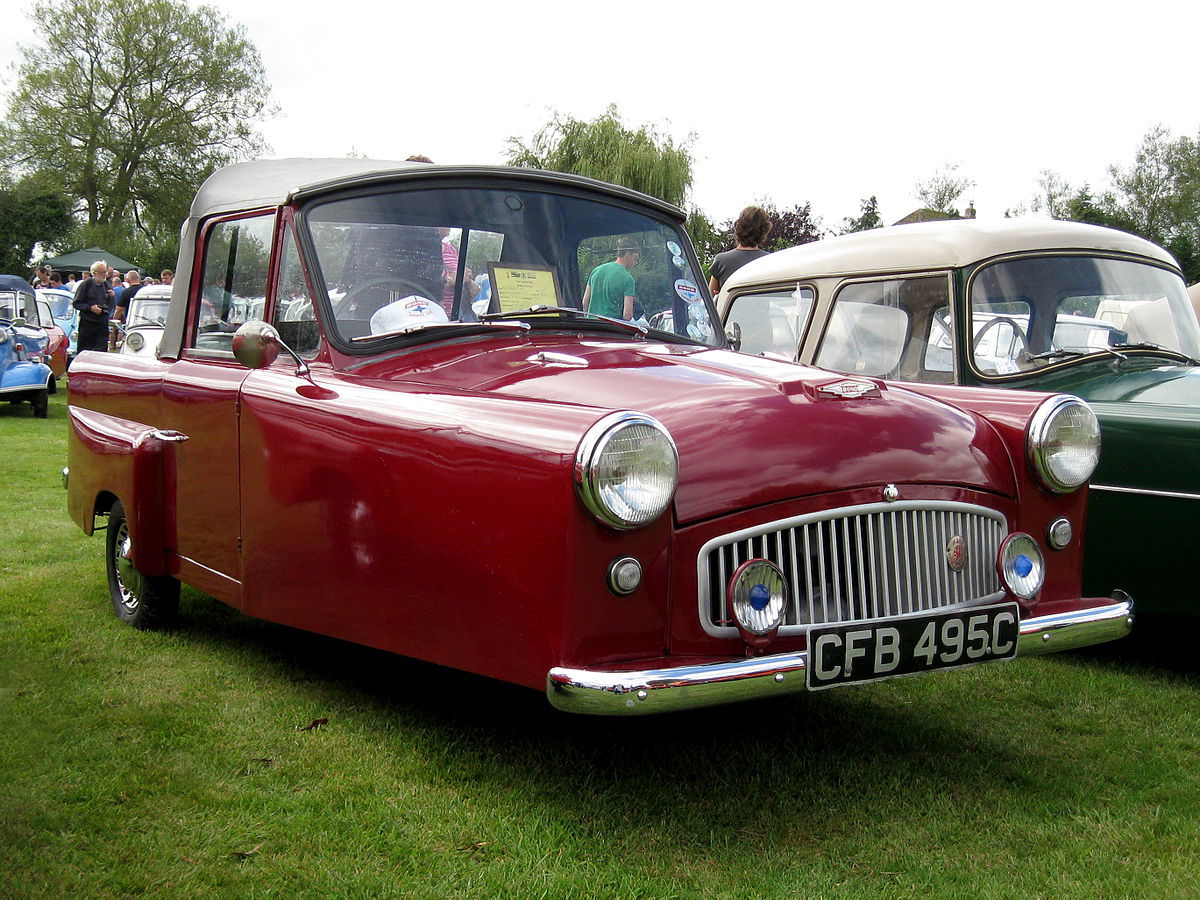Remembering The Appeal Of The Bond Minicar

As a style, minicars are some of the most unique vehicles to ever be devised. Their small size still allowed for plenty of driving room. A popular example was the Bond Minicar, developed by Lawrie Bond as part of Sharp’s Commercials Ltd. Bond had experience in the aeronautical field, which allowed him to create a highly economic vehicle. We’re looking into how the Bond minicar was designed and how the public received it.
Design
After WW2, Bond moved his engineering business from Blackpool to Longridge, where he built several prototypes. One caught the media’s attention, which Bond described as “a short radius runabout for the purpose of shopping and calls within a 20 – 30 mile radius.” The minicar came with a 125 cc Villiers two-stroke engine and three-speed gearbox.Bond approached Sharp’s Commercials to help build the car, with him entering into an agreement with CEO Charles ‘Reg’ Gray. The early model made use of stressed skin aluminum bodywork and it was among the first British cars to utilise fibreglass body panels.The Minicar came on the market in 1949, sporting a simple, austere look. It had a single bench seat and small compartment suitable for luggage. With only three wheels it must have been a sight to see on the road. The top speed was recorded at 43.3 mph.Sharp’s Commercials updated the minicar over time, adding a Triplex Safety glass windscreen and coil sprung independent rear suspension. In 1952, the overall design became more streamlined.
Reception
The Bond minicar was popular with the UK public, especially because of its three-wheel configuration. Compared to four-wheel cars, purchase tax, vehicle excise duty and insurance was much cheaper. Another benefit was people with a motorbike licence could drive it because of the three wheels, low weight and lack of a reverse gear.In 1962, the purchase tax rate of 55% was reduced to 25%. The change meant that at the point of sale, some three-wheeled cars became more expensive than four-wheelers. Tom Gratix, head of Sharp’s, sent a telegram to the Chancellor warning that unless the purchase tax of three-wheelers was reduced then it could lead to the closure of the Sharp’s factory.The rate wasn’t cut and Minicar sales dropped quickly. The final Minicar was produced in 1966 and 24,482 had been developed in total.


